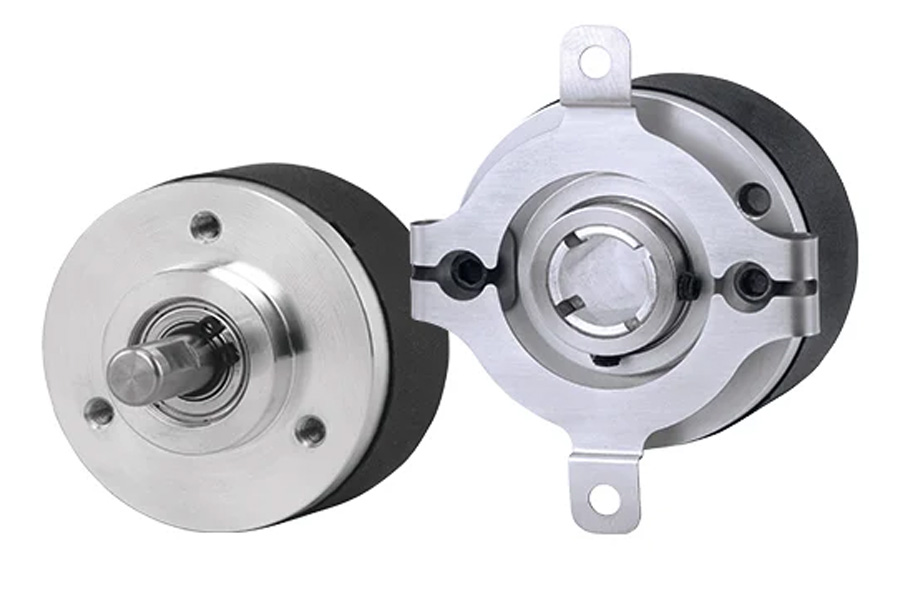Problems with precise measurement might be resolved by sturdy and effective position encoders. An encoder offers professional solutions to meet the various needs of industrial automation. The following are some of the primary advantages of motion control with an encoder:
- High precision
- Simple installation
- Excellent dependability
- Minimal SDE (Sub-Divisional Error)
- Fast operation
- Design without contact
- Options for both absolute and incremental measurements
- Encoder technology is offered in both enclosed and open form
Through electrical feedback signals, encoders allow precise position measurement in a variety of applications and sectors. To address a variety of position measurement and motion control issues, encoders provide both absolute and incremental position measurement.
Benefits it can provide
Absolute position encoder provides excellent stability and precision for wafer assembly and packaging equipment in the semiconductor sector. Installing the set-up LED is simple, which lowers expenses and boosts production efficiency.
When a telescope moves in an observatory, an encoder attached to its axis provides a return signal that can be used to detect the telescope’s position, count, speed, or direction. Smooth velocity control is made possible by encoder systems with linear scales made of stainless steel, which allow for precise telescope orientation control.
UHV incremental encoder measures position without compromising the vacuum environment during precise industrial procedures that are conducted in vacuum environments.
Absolute rotary encoders increase the manufacturing efficiency of multi-axis rotary tables and their servo motors. After a machine stoppage, they can restart and continue working without losing their place.
Enclosed encoder gives position feedback for linear motors in the demanding environment of precision tool grinding machines. Improved process stability and machining accuracy are among the advantages. Increased productivity and improved machine tool performance are the outcomes.
For precision process equipment used in the flat panel display (FPD) industry, direct drive (DD) motors are made. End users can be satisfied with size, weight, performance, and dependability by incorporating a tiny encoder for position feedback.
Position encoder chosen for in-vacuum stages in scientific applications is strong enough to withstand prolonged bake-out temperatures of 120°C and comply with ultra-high vacuum (UHV).
For airborne applications, radar and radio frequency (RF) communications systems must be small, light, and strong. Additionally, these systems need to be simple to install and modular. In radar and communications applications, an encoder is an essential part that must be extremely dependable because a malfunction could potentially result in fatalities.





